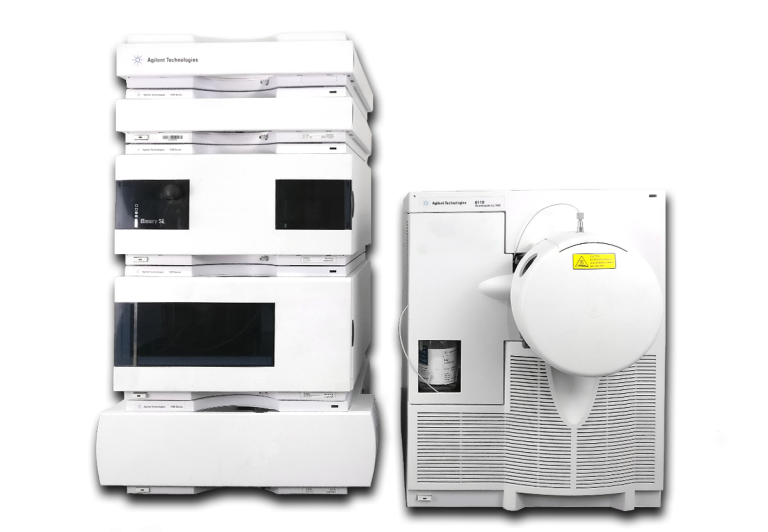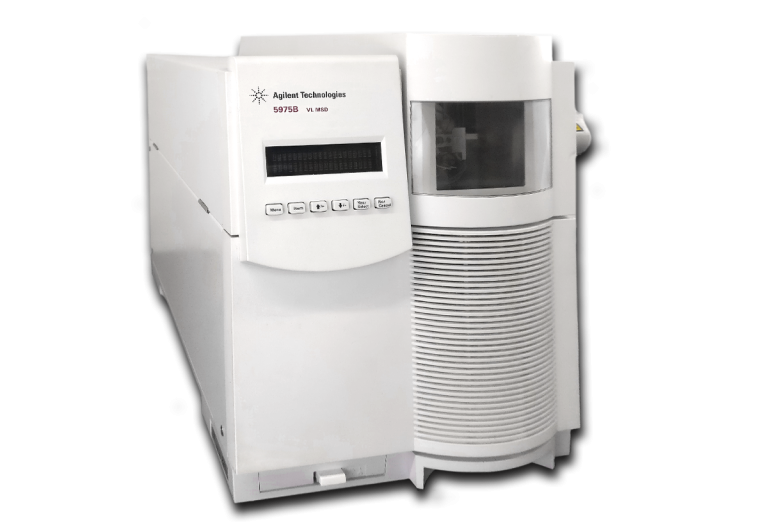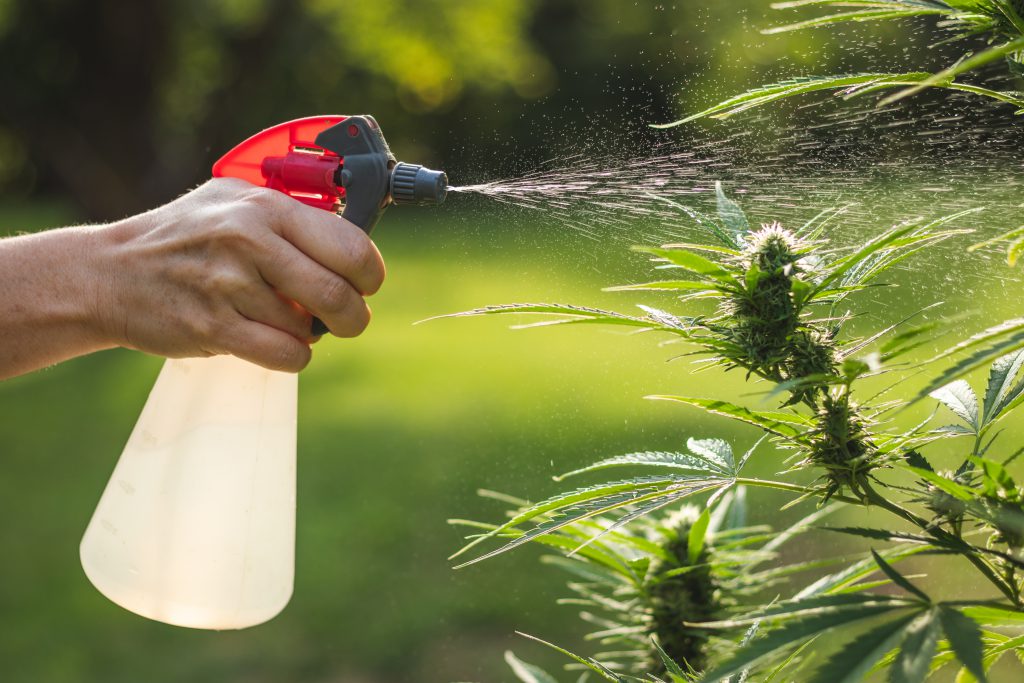PESTICIDE AND HERBICIDE SCREENING
Pesticides are a necessity for agriculture, to ensure the survival of the crops, and it’s no exception to the growing of cannabis. Pesticides kill insects and other parasitical life forms that may kill or take away nutrition from cannabis, necessary for healthy crop growth. Despite their benefits, many of these chemicals are harmful to humans when consumed. Residual pesticides and herbicides can accumulate in the human body and potentially cause cancer, genetic mutation, liver damage, and/ or loss of muscle function. Residual pesticides in crops are highly regulated to ensure safety for the consumer.
Liquid Chromatography Mass Spectrometry (LC-MS) and Gas Chromatography Mass Spectrometry (GC-MS) are used for pesticide and herbicide analysis. GC-MS is better suited for detecting chlorinated hydrocarbons, organophosphates and pyrethroid type pesticides, while LC-MS is better suited for detecting carbamate pesticides and acid-form pesticides and herbicides.

LC-MS systems are the preferred systems for the detection of carbamate pesticides and acid-form pesticides and herbicides. They may be used for mycotoxin analysis as well.
- Ion Trap LC-MS and LC-MS/MS Systems
- Single Quadrupole Mass Spectrometry Systems
- Triple Quadrupole Mass Spectrometry Systems

GC-MS systems have a wide range of use for cannabis testing. A GC-MS is required for performing terpenoid profiling, and is a popular option for detecting residual solvents. For detecting chlorinated hydrocarbons, organophosphates and pyrethroid type pesticides, a GC-MS system is well suited.
- GC/MSD Systems
- Ion Trap GC-MS Systems
- Quadrupole GC-MS Systems

